Ba10.4
There is a wealth of information to consider. The word maa
could refer to the thong of the yoke holding it all together:
 |
 |
 |
 |
 |
 |
 |
|
Ba8-15 |
Ba8-16 |
Ba8-17 |
Ba8-18 |
Ba8-19 |
Ba8-20 (314) |
Ba8-21 |
|
koia ra kua mau - i te tao
hia |
eko te tao hia |
kua maa |
ku Maori |
i te hagahaga i te mago |
mai tae haga hia tona
maa |
kua rere koia |
|
Ai-ka-piri ta'a me'e ma'a,
expression used to someone from whom one hopes
to receive some news, like saying 'let's hear
what news you bring'. Hare rutu rogorogo mo
hakama'a ki te ga poki ite kai, i te rogorogo,
rongorongo school, house in which children
were taught reading and writing the rongorongo
signs.
|
 |
 |
|
Rogo |
April 10 |
Rogo. Rogorogo:
Originally, 'orators, bards' of
Mangareva. Borrowed into the
Rapanui language in 1871, it
came to generically signify the
wooden tablets incised with glyphs,
the writing system itself, and the
respective inscriptions. Earlier the
term ta was used for the
writings. Fischer. Mgv.: rogouru,
ten. Mq.: onohuu, okohuu,
id. Churchill.
... I feel
rather convinced that the
Rogo figure has been
correctly located to day 100
(April 10). His neck is short,
which suggests the view from
Easter Island (south of the
equator), where April
corresponds to the autumn month
of October in the north ...
|
|
VISIBLE CLOSE
TO THE FULL MOON: |
|
σ Virginis (200.4)
*159.0 = *200.4 - *41.4 |
γ
Hydrae (201.0),
ι
Centauri (201.4)
*160.0 = *201.4 - *41.4 |
Al Simāk-12 (Lofty)
/
Chitra-14 (Bright One)
/
Horn-1 (Crocodile)
/
Sa-Sha-Shirū-20
(Virgin's Girdle)
/
ANA-ROTO-3 (Middle pillar)
MIZAR =
ζ
Ursae Majoris (202.4),
SPICA =
α
Virginis,
ALCOR = 80 Ursae Majoris
(202.7)
SADALMELIK
(α Aquarii)
*161.0 = *202.4 - *41.4 |
71 VIRGINIS
(203.6) |
No star listed (204) |
HEZE =
ζ
Virginis
(205.0),
SOUTHERN PINWHEEL GALAXY = M83 Hydrae
(205.7) |
ε Centauri (206.3),
κ
Oct. (206.4)
*165.0 = *206.4 - *41.4 |

... Proclus informs us that the fox star nibbles
continuously at the thong of the yoke which
holds together heaven and earth; German folklore
adds that when the fox succeeds, the world will
come to its end. This fox star is no other than
Alcor, the small star g near zeta Ursae
Majoris (in India Arundati, the common
wife of the Seven Rishis, alpha-eta Ursae
... |
|
Oct 7 |
8 |
9 (100 + 182) |
10 (466 -
183) |
11 |
12 |
13 (286) |
|
"Aug 27 |
28 |
29 (218 + 23) |
30 (242) |
31 |
"Sept 1 (244) |
2 |
|
AUG 4 |
5 |
6 (218 = 225
- 7) |
7 |
8 (220) |
9 |
10 (286 - 64) |
|
INVISIBLY CLOSE TO THE SUN: |
|
FEBR 3 |
4 (464 - 64) |
5 (36) |
6 |
7 |
8 (39) |
9 (222 - 182) |
|
April 8 |
9 |
10 (100) |
11 (466) |
4-12 → 48 |
→ 14 * 29½ |
→ 414 |
|
No star listed (18) |
ADHIL (Garment's Train) = ξ Andromedae
(19.3),
θ
Ceti (19.7) |
KSORA (Knee) =
δ
Cassiopeiae
(20.1),
ω
Andromedae (20.6),
γ
Phoenicis (20.8) |
δ Phoenicis (21.5) |
υ Andromedae (22.9) |
ACHERNAR (End of the River) =
α
Eridani
(23.3),
χ
Andromedae (23.6),
τ
Andromedae (23.9) |
ALSEIPH (Scimitar) =
φ
Persei
(24.5),
τ
Ceti (24.7 |
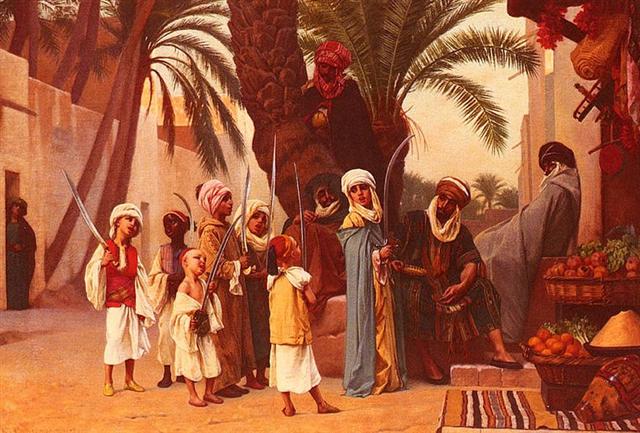 |
This thong could stretch not only between Spica and the
star of the Fox but also as far as (teke ki nei) across to Adhil:
|
Te Taka-pau |
39 variants of uhi - STOLEN by Teke from his
brother Ma'eha [E:58-64] |
|
 |
18 |
 |
13 |
 |
7 |
 |
|
SIRRA H
(*0) |
ADHIL (*19) |
MIRA (*33) |
BHARANI (*41) |
|
ALCHITA
(*183) |
SPICA (*202) |
KHAMBALIA
(*216) |
ZUBEN
ELGENUBI (*224) |
|
0h |
39 (= 3* 13) |
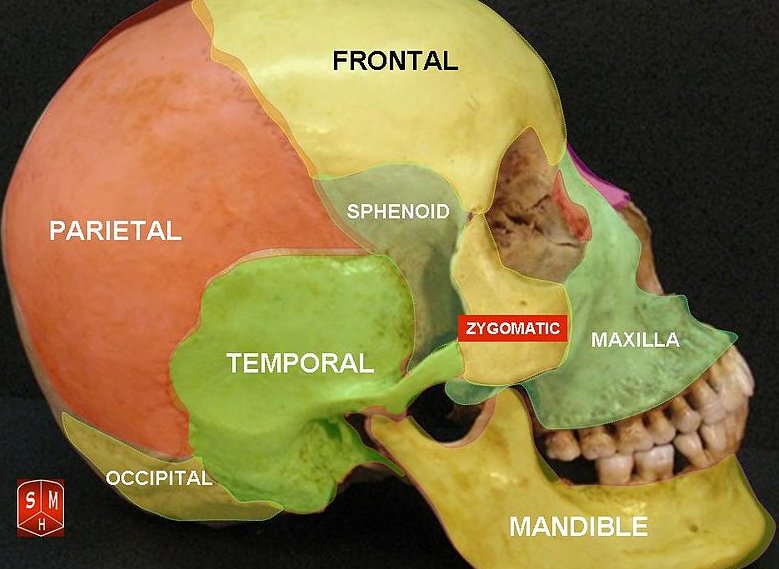
Teke.
Occiput. Teketeke, short (not tall);
also: teke. Vanaga. Teke ki nei,
as far as, until (? tehe 1). Teketeke,
crest, ridge. Churchill. |
And now we have secured also a possible link to Ba10-26
(→ 260):
 |
 |
 |
 |
|
Ba10-25 |
Ba10-26 (314
+ 101) |
Ba10-27 |
Ba10-28 |
|
ko agaagata |
kua
maa |
ko koe - e kua hatu
ko to
toa |
e tagata haga - i to
ua e
kua koti ko te henua |
 |
 |
 |
 |
|
Ba10-29 |
Ba10-30 |
Ba10-31 (420 = 7 * 60) |
Ba10-32 |
|
ma te
maitaki |
koia ra kua hoki to
rarahoi |
kua tu ki to
toga |
Etagata itiiti |
|
Rara.
Mgv.: a branch of a tree.
Ta.: rara, id. Mq.: rara,
small branches. Sa.: lala, id.
Ma.: rara, id. Churchill.
Toga.
1. Winter season. Two seasons
used to be distinguished in ancient
times: hora, summer, and toga,
winter. 2. To lean against somehing; to
hold something fast; support, post
supporting the roof. 3. To throw
something with a sudden movement. 4. To
feed oneself, to eat enough; e-toga
koe ana oho ki te aga, eat well
first when you go to work. Vanaga. 1.
Winter. P Pau., Mgv.: toga,
south. Mq.: tuatoka, east wind.
Ta.: toa, south. 2. Column, prop;
togatoga, prop, stay. Togariki,
northeast wind. Churchill. Wooden
platform for a dead chief: ka tuu i
te toga (Bb8-42), when the wooden
platform has been erected. Barthel 2.
The expressions Tonga, Kona,
Toa (Sam., Haw., Tah.), to
indicate the quarter of an island or of
the wind, between the south and west,
and Tokelau, Toerau,
Koolau (Sam., Haw., Tah.), to
indicate the opposite directions from
north to east - expressions universal
throughout Polynesia, and but little
modified by subsequent local
circumstances - point strongly to a
former habitat in lands where the
regular monsoons prevailed.
Etymologically 'Tonga', 'Kona',
contracted from 'To-anga' or 'Ko-ana',
signifies 'the setting', seil. of the
sun. 'Toke-lau', of which the
other forms are merely dialectical
variations, signifies 'the cold, chilly
sea'. Fornander. |
We could then speculate if there not once upon a
time had been another string leading up from
Spica (*202) to Vega (*281).
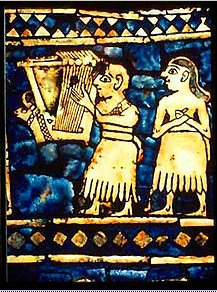
|
 |
*79
|
 |
|
Ba8-17 (311) |
Ba10-1 (390) |
|
FEBR 5 (400) |
APRIL 25 (115) |
|
ADHIL (*19) |
GEMMA
|
|
SPICA (*202) |
VEGA (*281) |
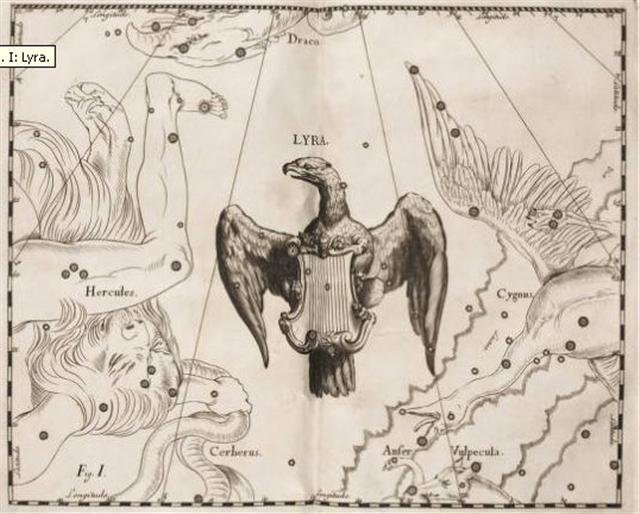
... Ecclesiastically, the
equinox is reckoned to be on 21 March (even
though the equinox occurs, astronomically
speaking, on 20 March [*364]
in most years) ...
... In other words, the
ancient Druidic religion based on the
oak-cult will be swept away by Christianity
and the door - the god Llyr - will languish
forgotten in the Castle
of Arianrhod, the Corona Borealis.
This helps us to understand the relationship
at Rome of Janus and the White Goddess
Cardea who is ... the Goddess of Hinges who
came to Rome from Alba Longa. She was the
hinge on which the year swung - the ancient
Latin, not the Etruscan year - and her
importance as such is recorded in the Latin
adjective cardinalis - as we say in
English 'of cardinal importance - which was
also applied to the four main winds; for
winds were considered as under the sole
direction of the Great Goddess until
Classical times ...
 |
 |
 |
 |
 |
 |
|
Ba10-1 (390) |
Ba10-2 |
Ba10-3 |
Ba10-4 |
Ba10-5 |
Ba10-6 |
|
ka mai
ki te Raa |
kua
vaha |
ko te
henua |
kua puu
ko te henua |
kua
hakaora ia raua - kua hora koia
- kua hakatetea ko raua |
|
Hora.
Ancient name of summer (toga-hora,
winter summer). Vanaga. 1. In
haste (horahorau). 2.
Summer, April; hora nui,
March; vaha hora, spring.
3. 'Hour', 'watch'. 4. Pau.:
hora, salted, briny. Ta.:
horahora, bitter. Mq.:
hoáhoá, id. 5. Ta.: hora,
Tephrosia piscatoria, to poison
fish therewith. Ha.: hola,
to poison fish. Churchill.
Horahora, to spread, unfold,
extend, to heave to; hohora,
to come into leaf. P Pau.:
hohora, to unfold, to
unroll; horahora, to
spread out, to unwrap. Mgv.:
hohora, to spread out
clothes as a carpet; mahora,
to stretch out (from the
smallest extension to the
greatest), Mq.: hohoá, to
display, to spread out, to
unroll. Ta.: hohora, to
open, to display; hora,
to extend the hand in giving it.
Churchill.
Tetea. To have many
descendants. Vanaga. |
|
INVISIBLY CLOSE TO THE SUN: |
|
APRIL 25 |
26 |
27 |
28 (118) |
29 |
30 (366 - 64 - 182) |
|
VISIBLE CLOSE TO THE FULL MOON: |
|
Abhijit-22
(Victorious)
θ
Cor. Austr.
(281.0),
VEGA = α Lyrae
(281.8) |
No star listed (282) |
ζ
Pavonis (283.4),
λ
Cor. Austr. (283.6),
DOUBLE DOUBLE =
ε
Lyrae
(283.7),
ζ
Lyrae (283.8)
*242.0 =
*283.4 - *41.4 |
South
Dipper-8 (Unicorn)
Φ Sagittarii (284.0),
μ
Cor. Austr. (284.6),
η
Cor. Austr.,
θ
Pavonis (284.8) |
SHELIAK (Tortoise) =
β
Lyrae,
ν
Lyrae (285.1),
ο Draconis
(285.5). λ
Pavonis (285.7)
ATLAS (27 Tauri) |
χ
Oct. (286.0),
AIN AL RAMI (Eye of the Archer)
= ν Sagittarii
(286.2),
υ
Draconis (286.4),
δ
Lyrae (286.3),
κ
Pavonis (286.5),
ALYA (Fat Tail) =
θ
Serpentis
(286.6)
*245.0 =
*286.4 - *41.4 |
|
Dec 27 |
28 |
29 |
30 (364) |
31 |
Jan 1 |
 |
Kaikai.
1. Cat's cradle, in which patterns are
made by moving a thread through the
fingers of both hands, and are
accompanied by the recitation of verses
(one of the main pastimes of yore). 2.
Sharp: also 'to sharpen' used instead of
hakaka'ika'i. Vanaga. 1.
Mastication, to eat heavily. 2. Sharp,
cutting, edge of a sword, point of a
lance; moa tara kaikai, cock with
long spurs.
Churchill.
... The kaikai
are the rythmic songs that are sung to
cat's cradles, the string games that are
found not only throughout the Pacific
but throughout the world. On
premissionary Rapa Nui the
kaikai, together with their
corresponding cat's cradles, were not
simple children's games but were used,
among other things, to produce magic
effect. They were highly important for
the study of Rapa Nui's
rongorongo. This is because it was
apparently with the aid of cat's cradles
that the rongorongo experts taught their
pupils to learn many of the chants
accompanying the incised inscriptions
...
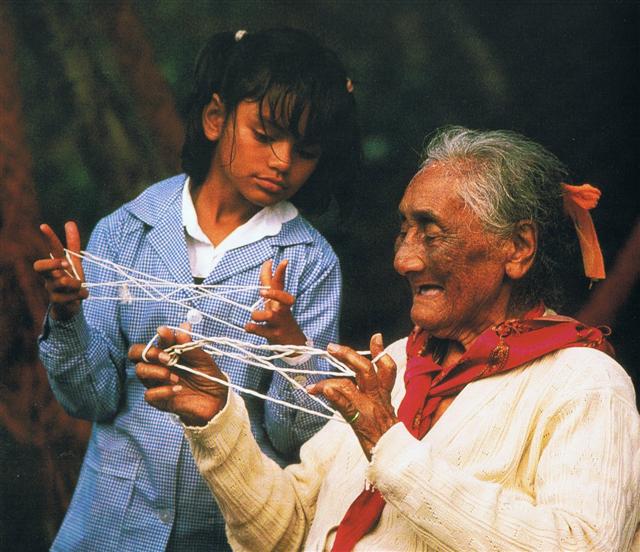
|






















